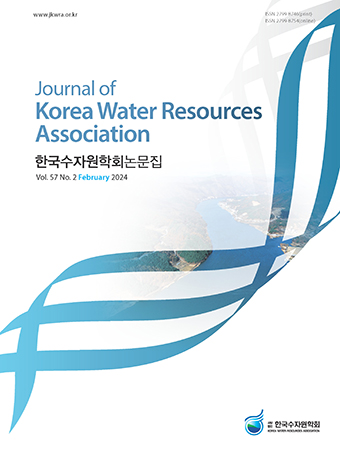Research Article
Abstract
References
Information
Ishida, K., Kavvas, M.L., Jang, S., Chen, Z.Q., Ohara, N., and Anderson, M.L. (2014). "Physically based estimation of maximum precipitation over three watersheds in Northern California: Atmospheric boundary condition shifting." Journal of Hydrologic Engineering, Vol. 20, No. 4, pp. 04015014-1-7.
10.1061/(ASCE)HE.1943-5584.0001026- Publisher :KOREA WATER RESOURECES ASSOCIATION
- Publisher(Ko) :한국수자원학회
- Journal Title :Journal of Korea Water Resources Association
- Journal Title(Ko) :한국수자원학회 논문집
- Volume : 53
- No :8
- Pages :583-595
- Received Date : 2020-04-20
- Revised Date : 2020-07-02
- Accepted Date : 2020-07-07
- DOI :https://doi.org/10.3741/JKWRA.2020.53.8.583




 Journal of Korea Water Resources Association
Journal of Korea Water Resources Association










